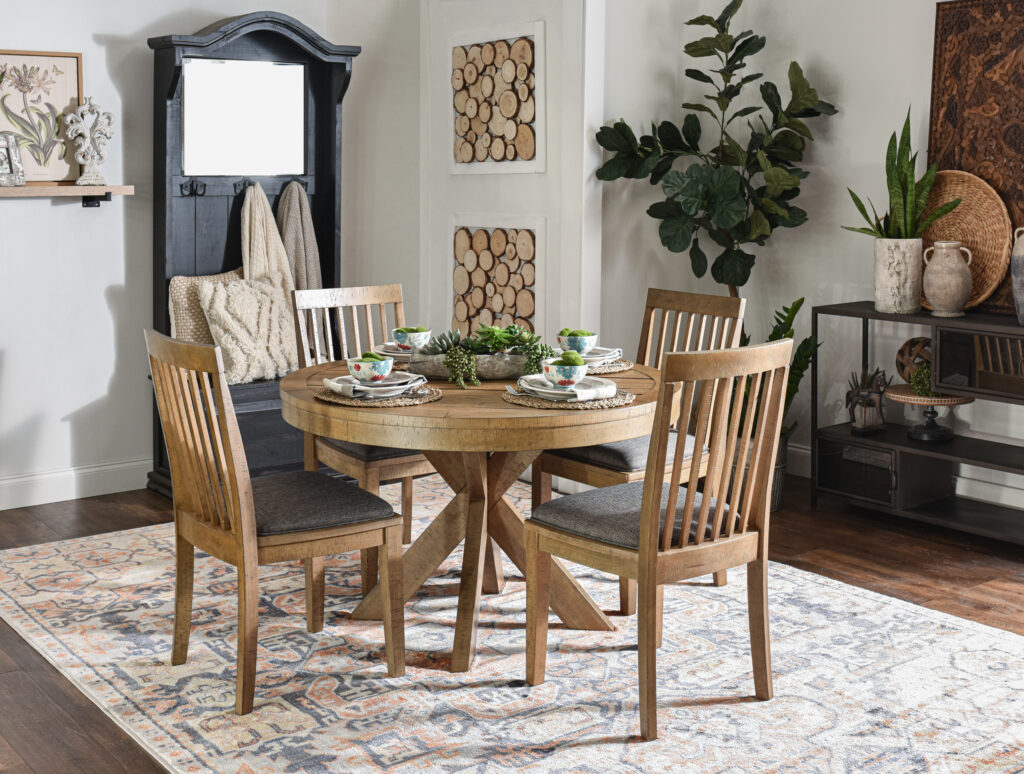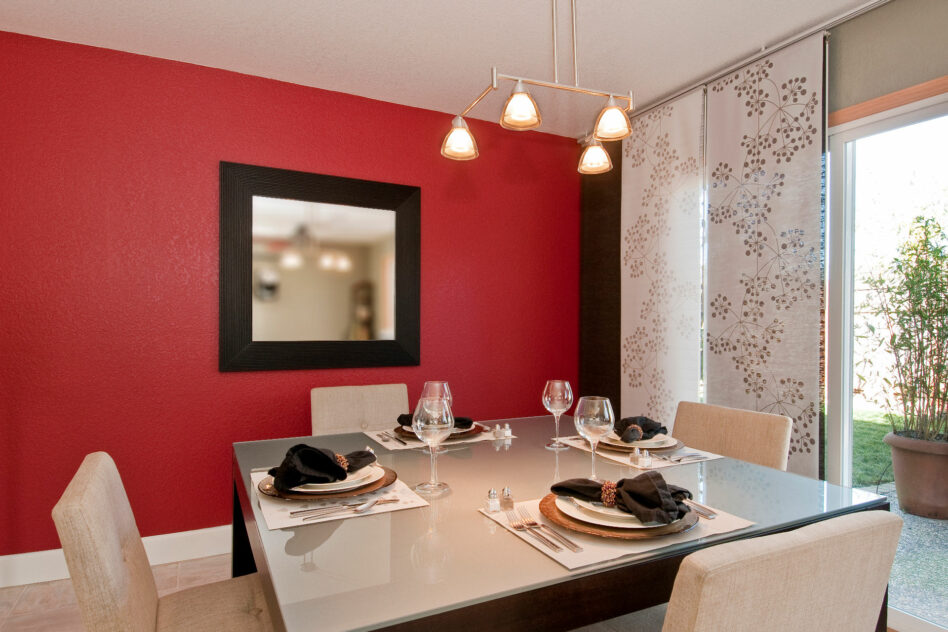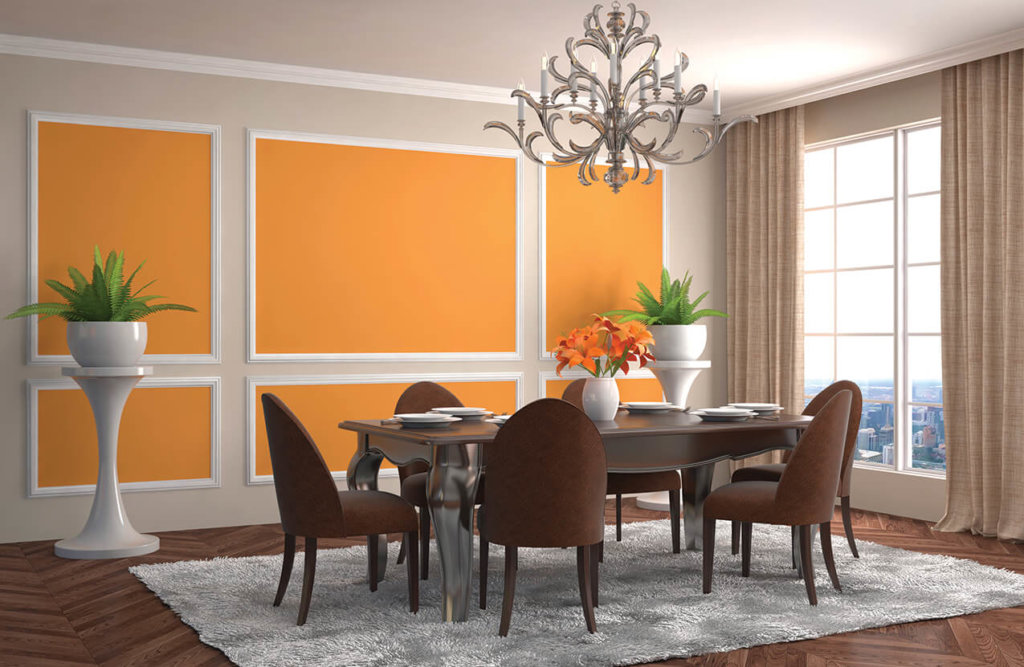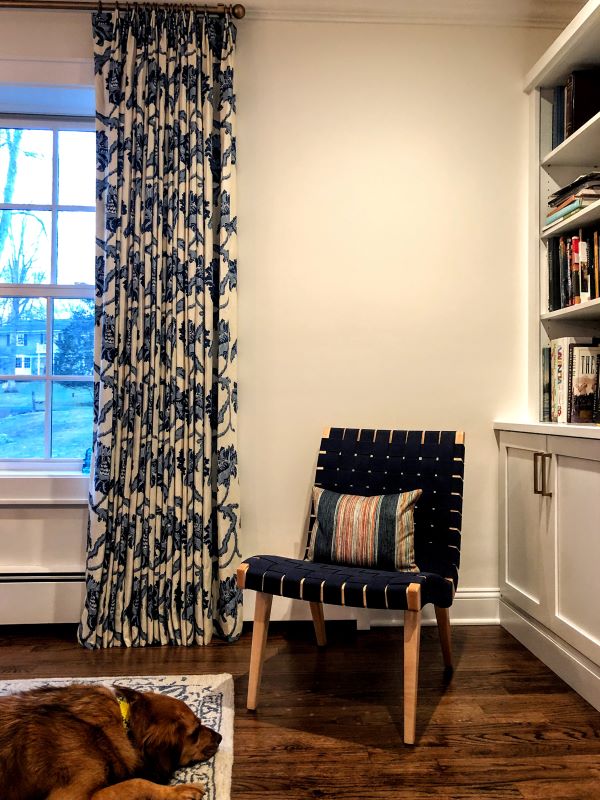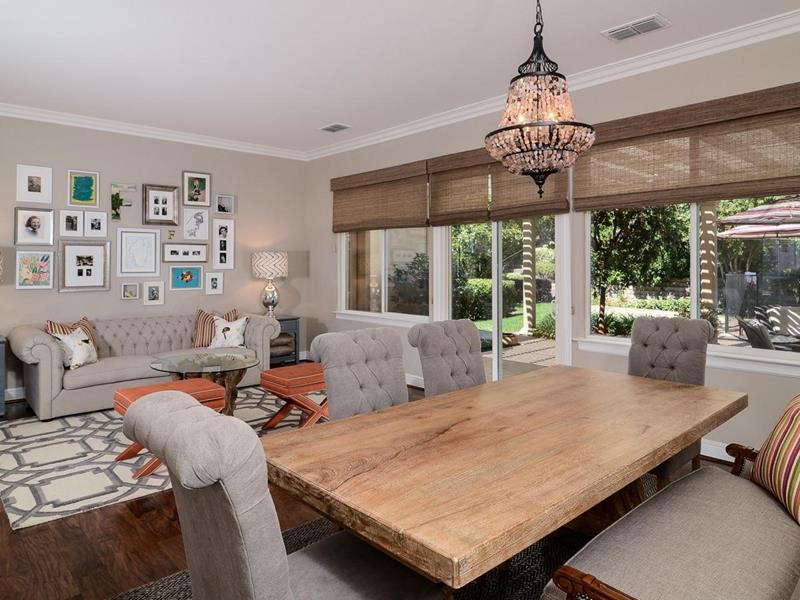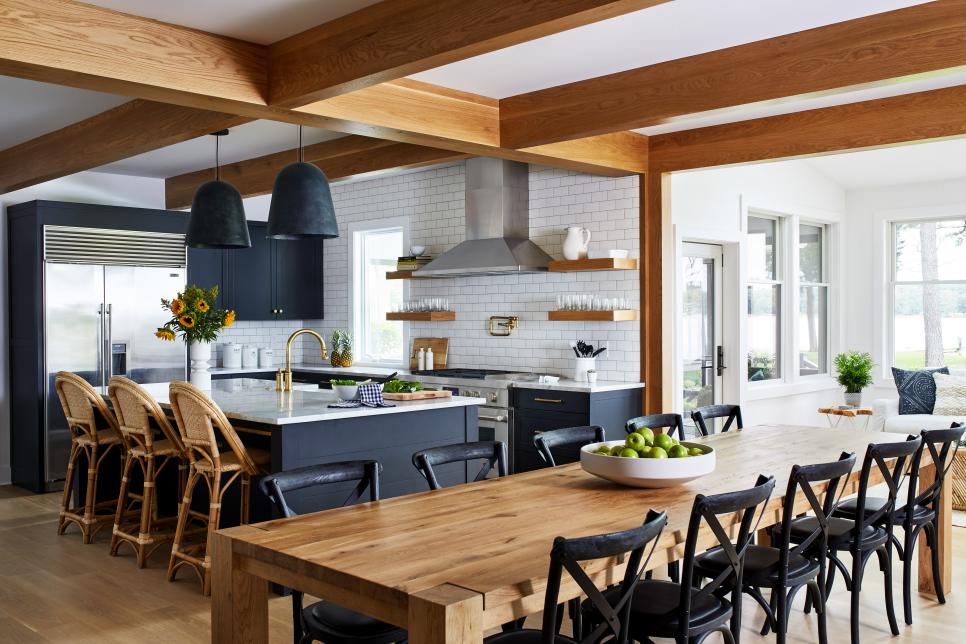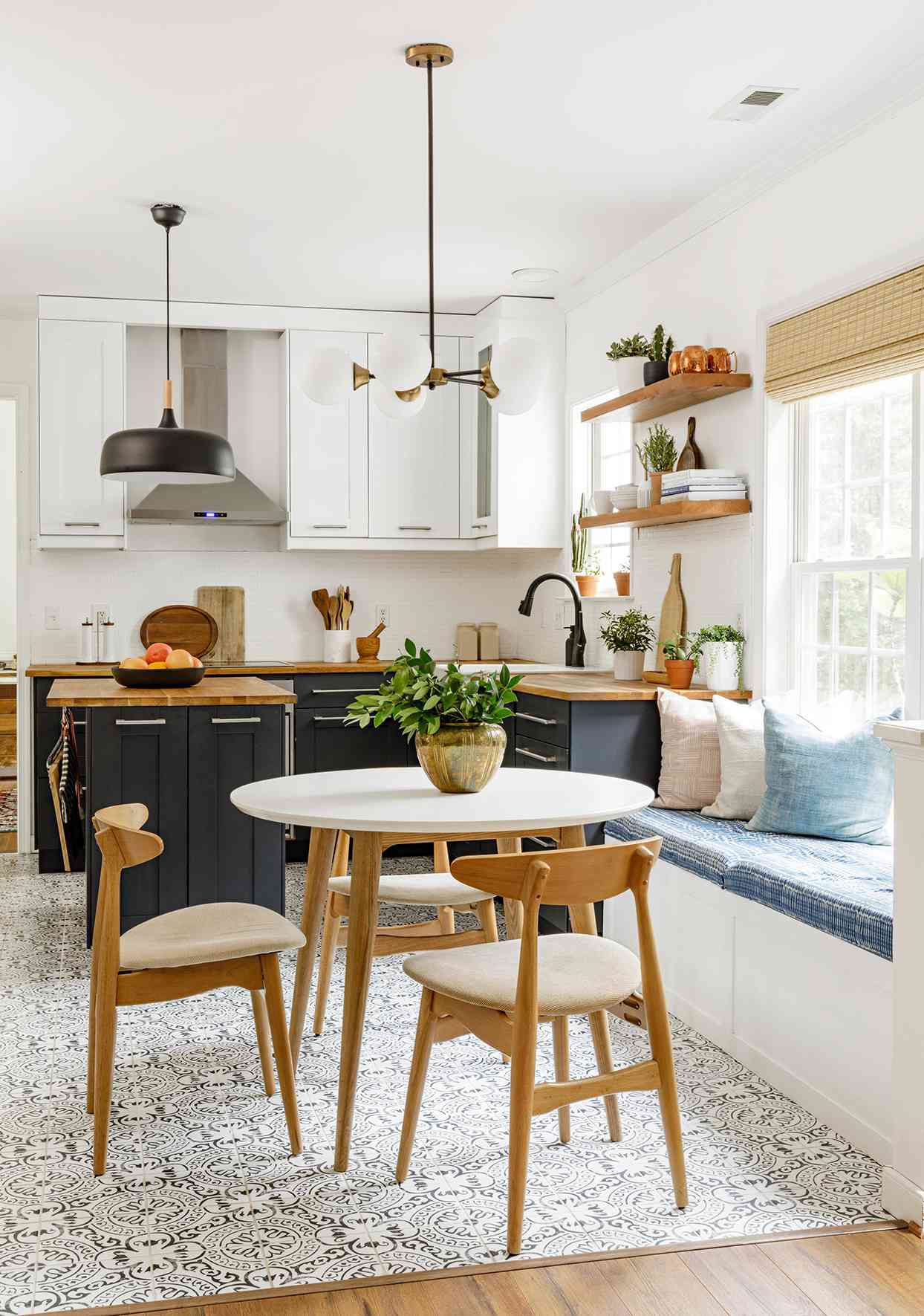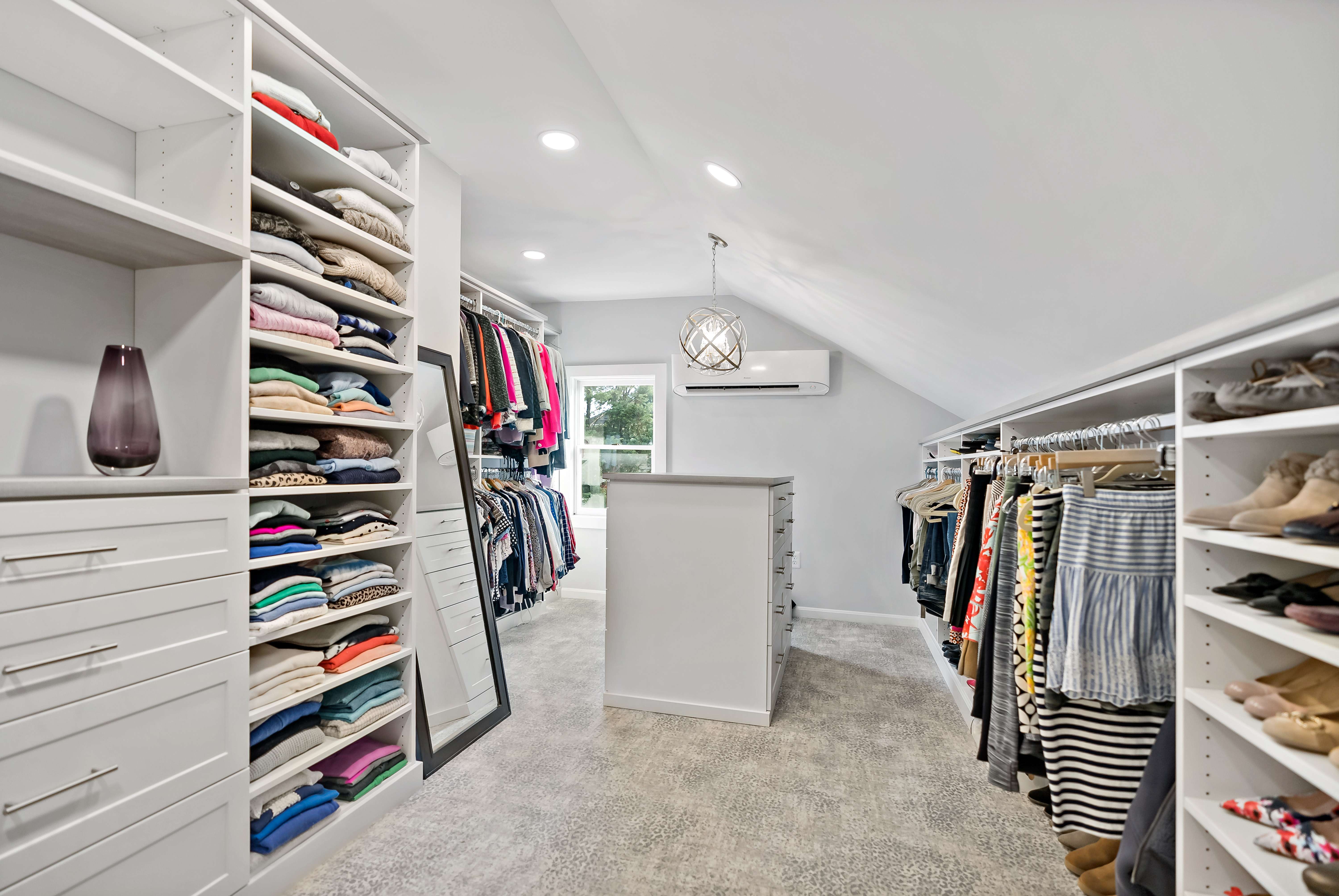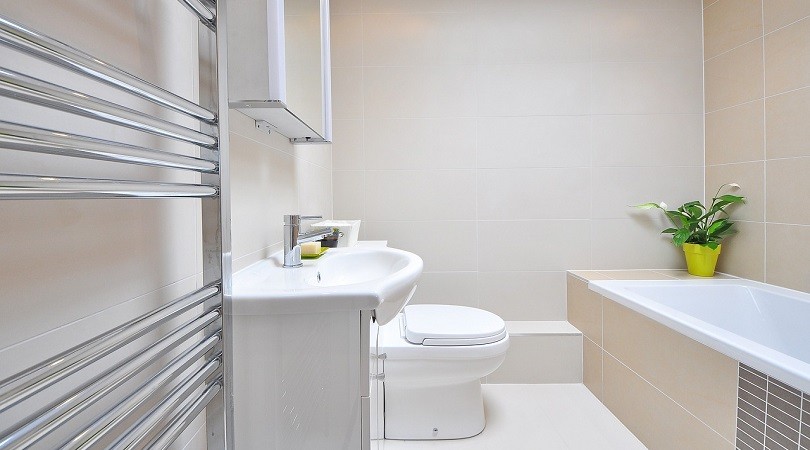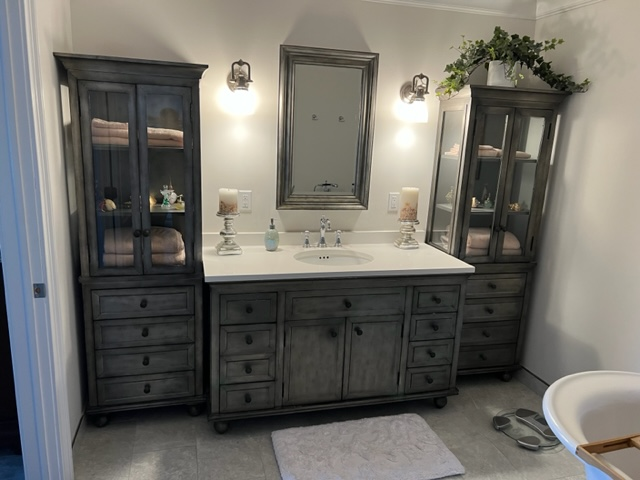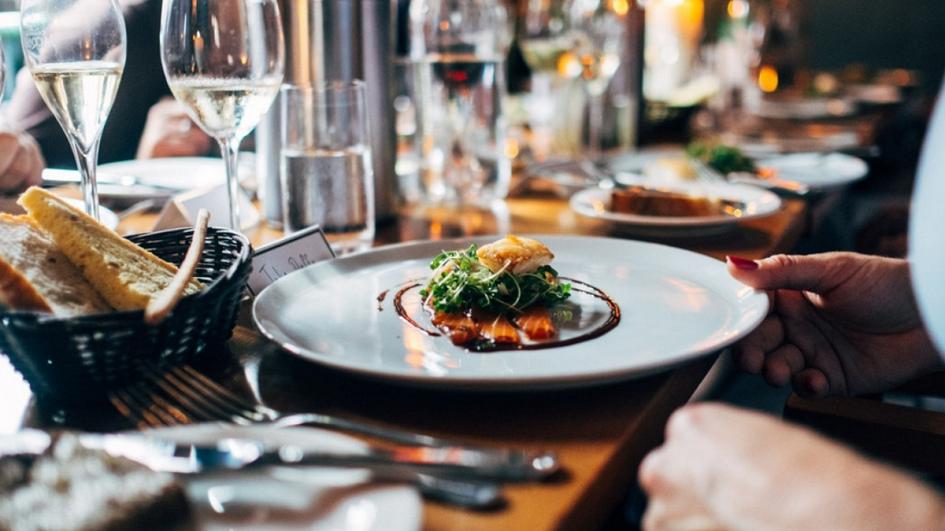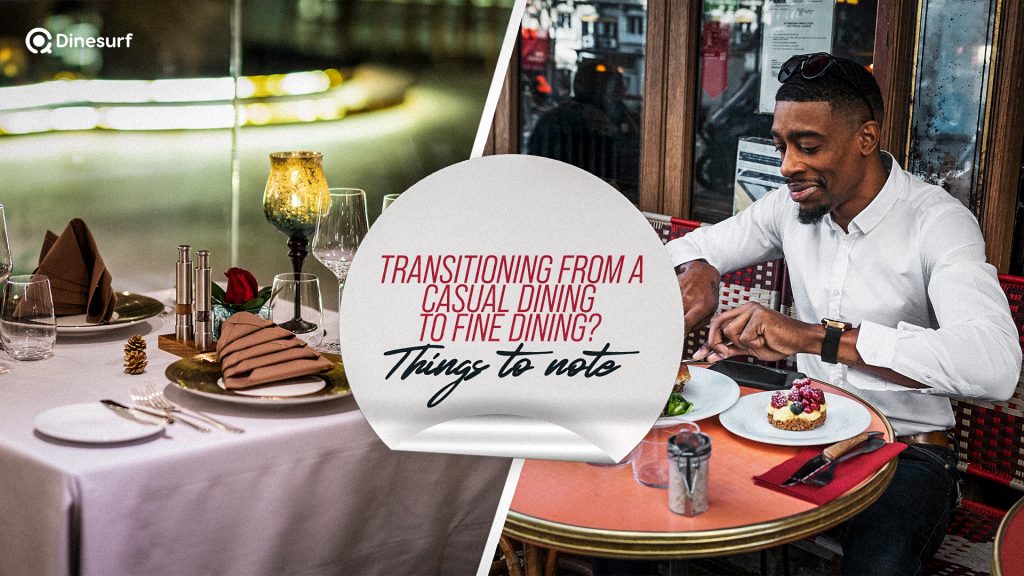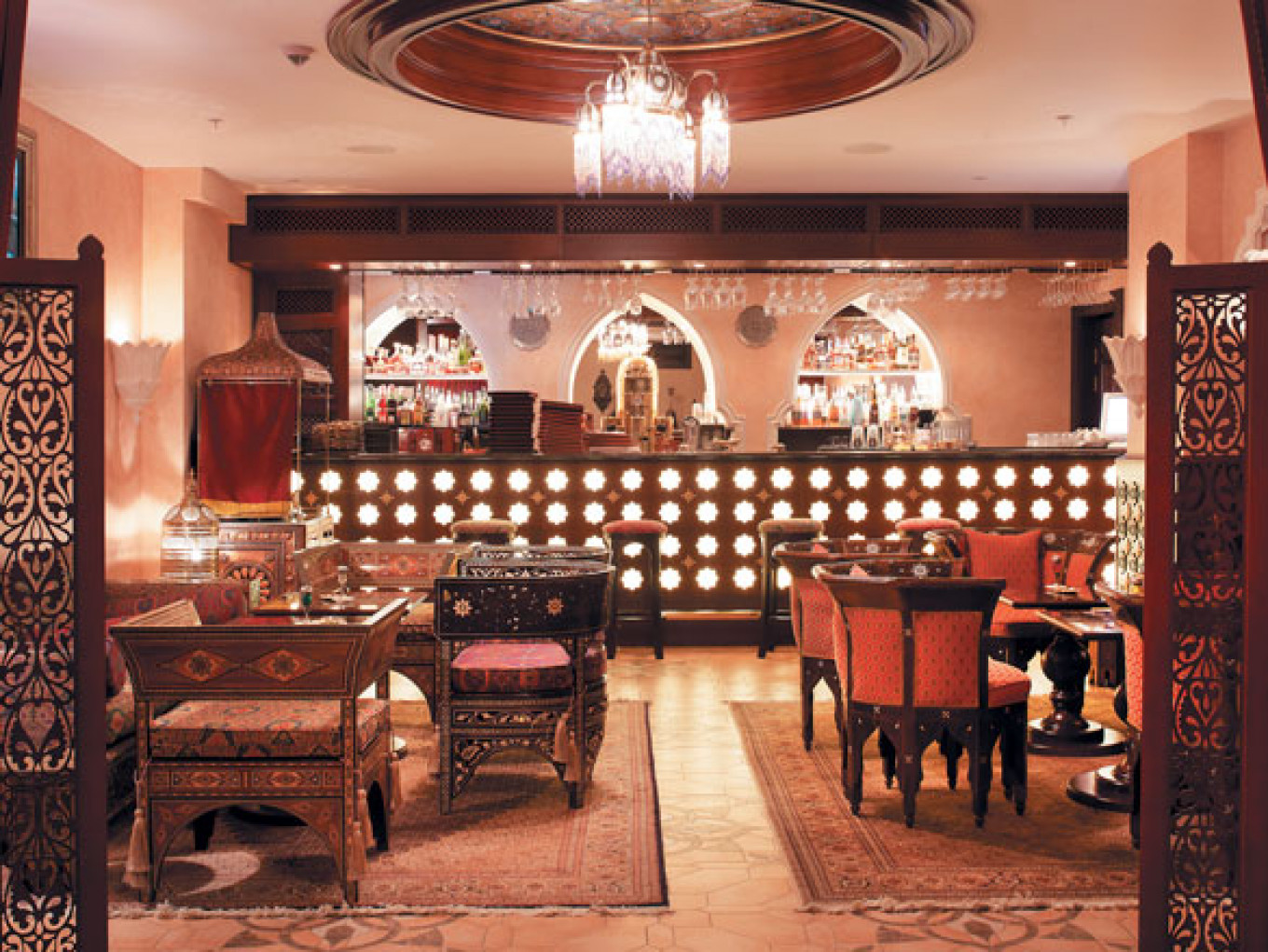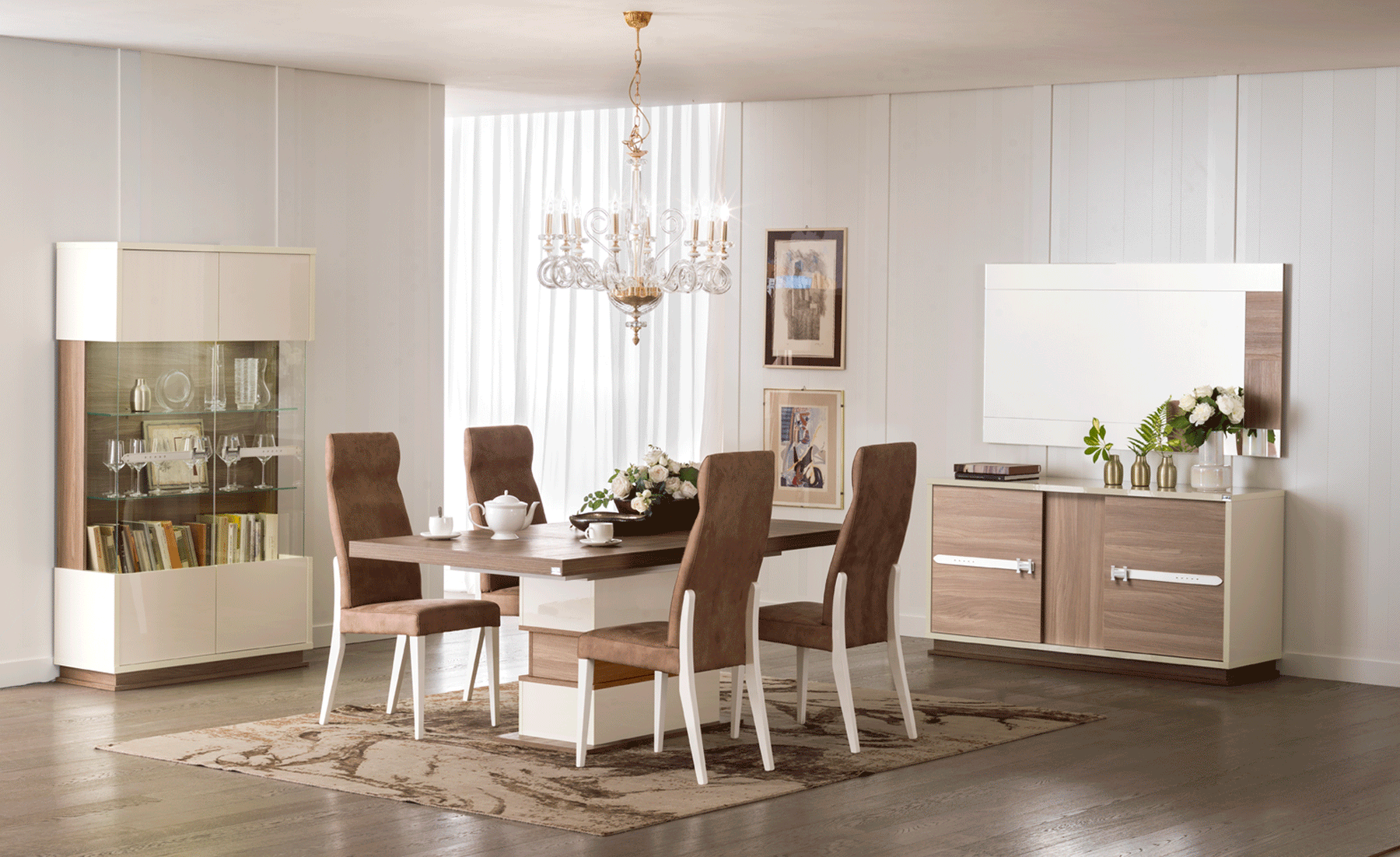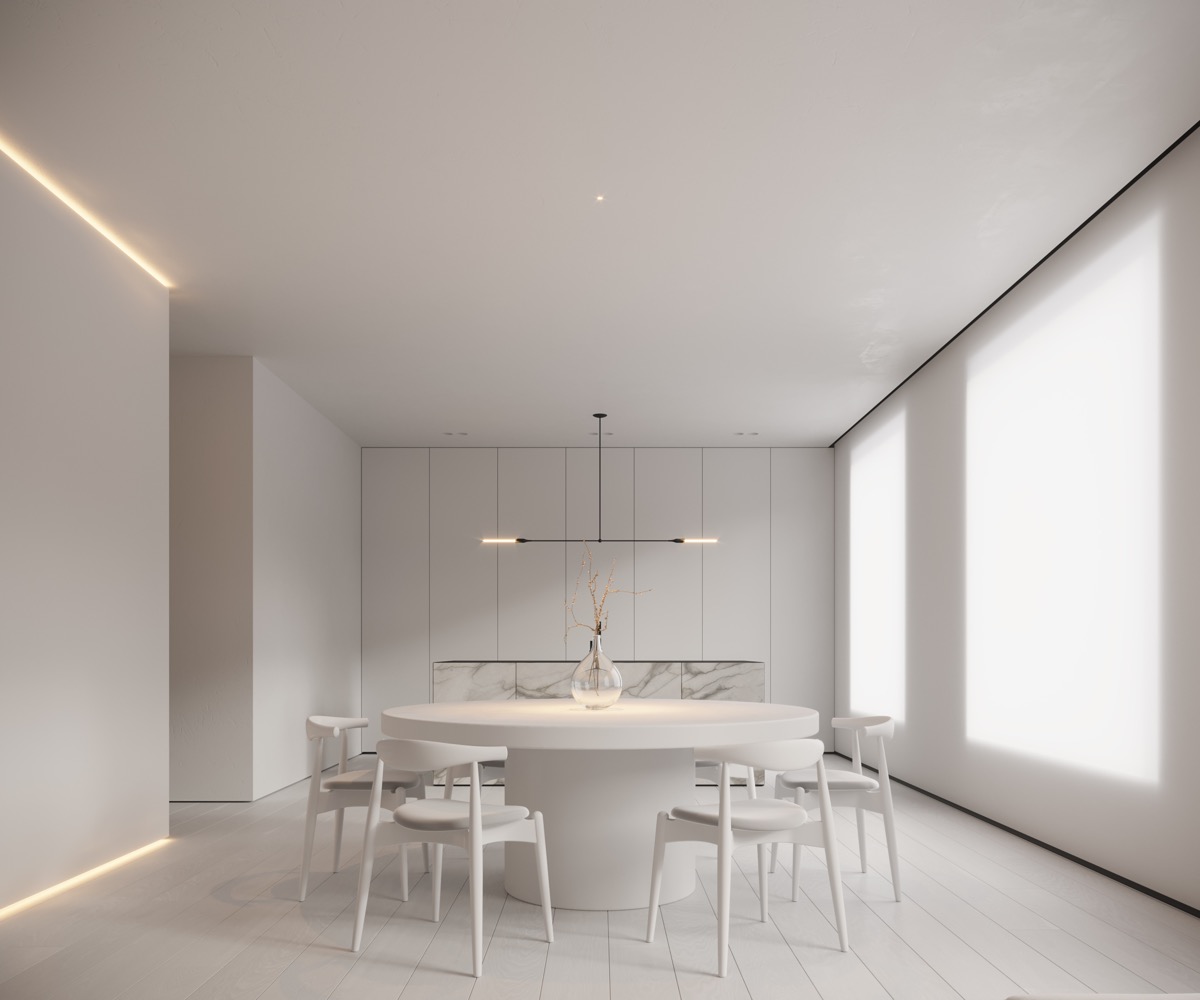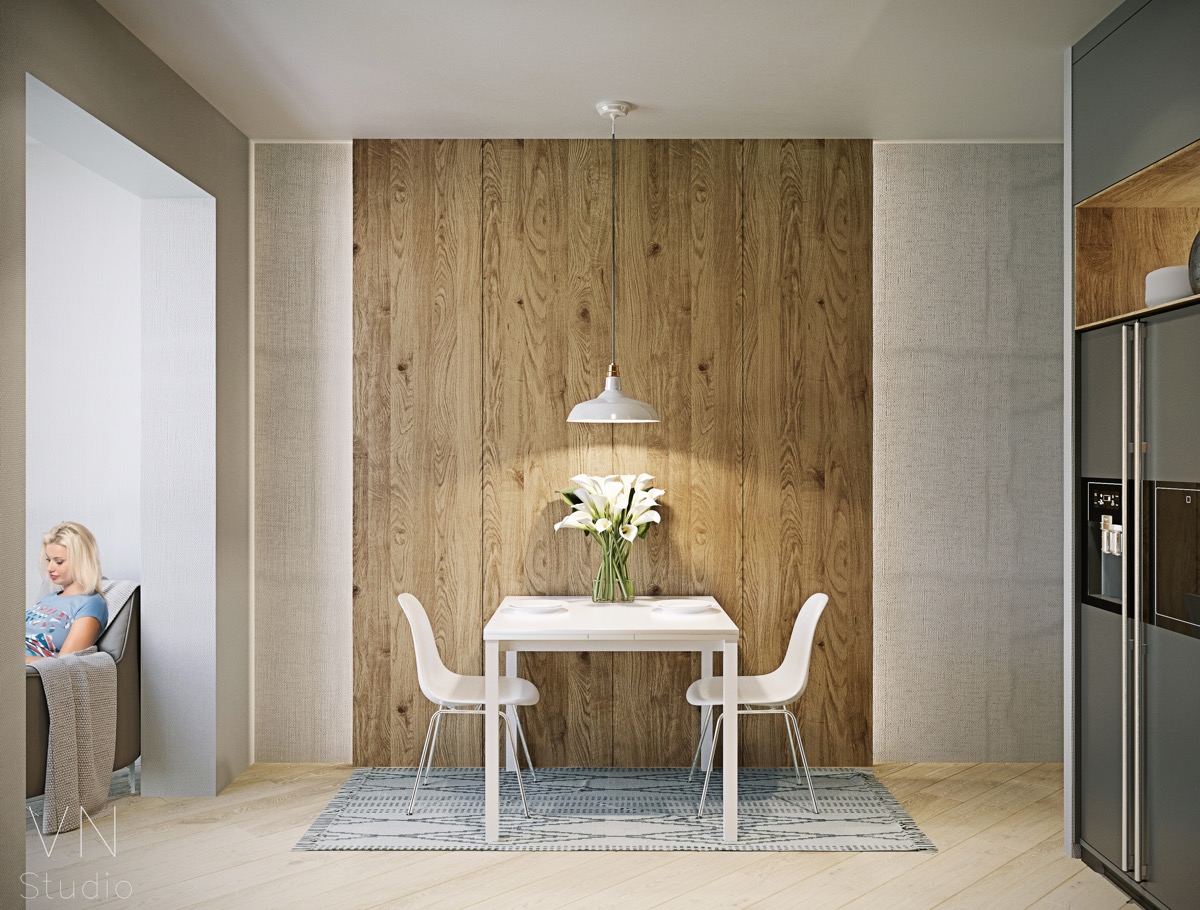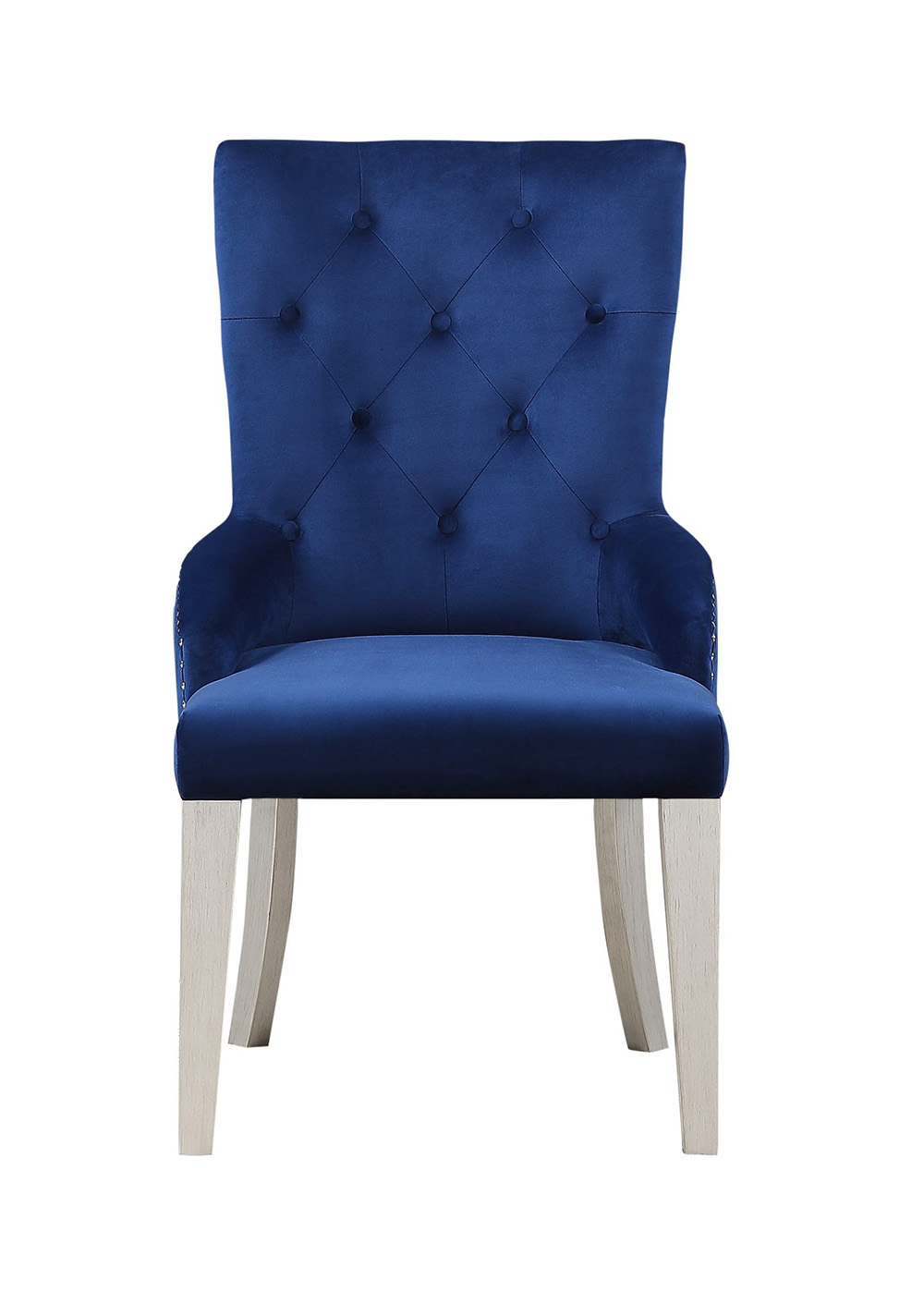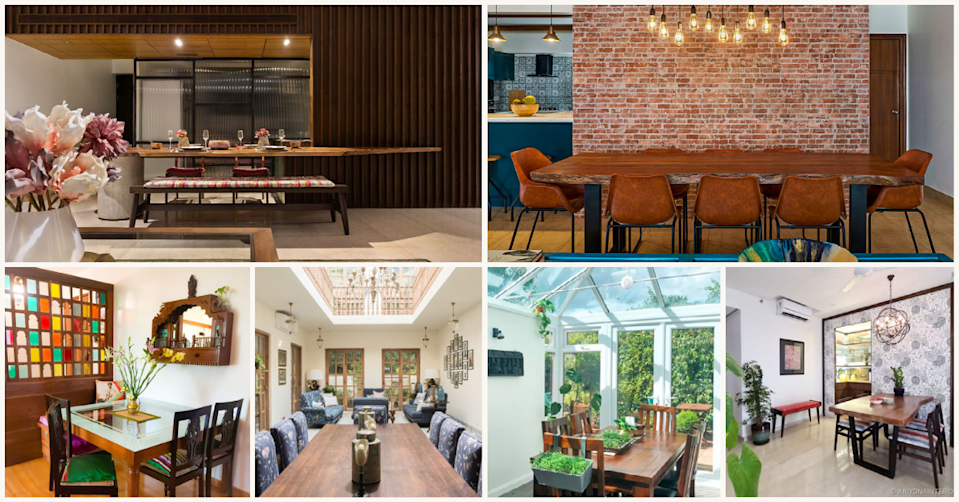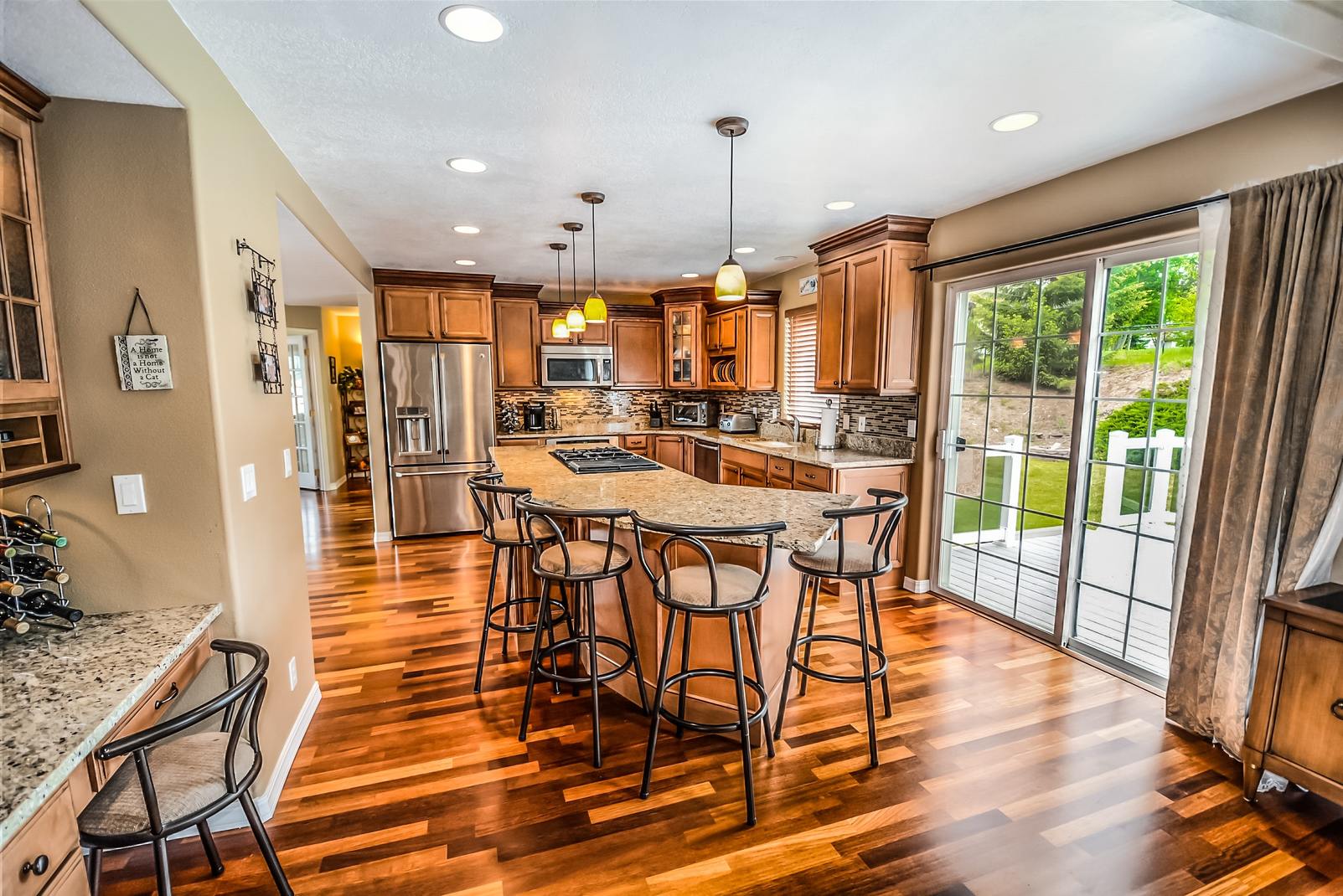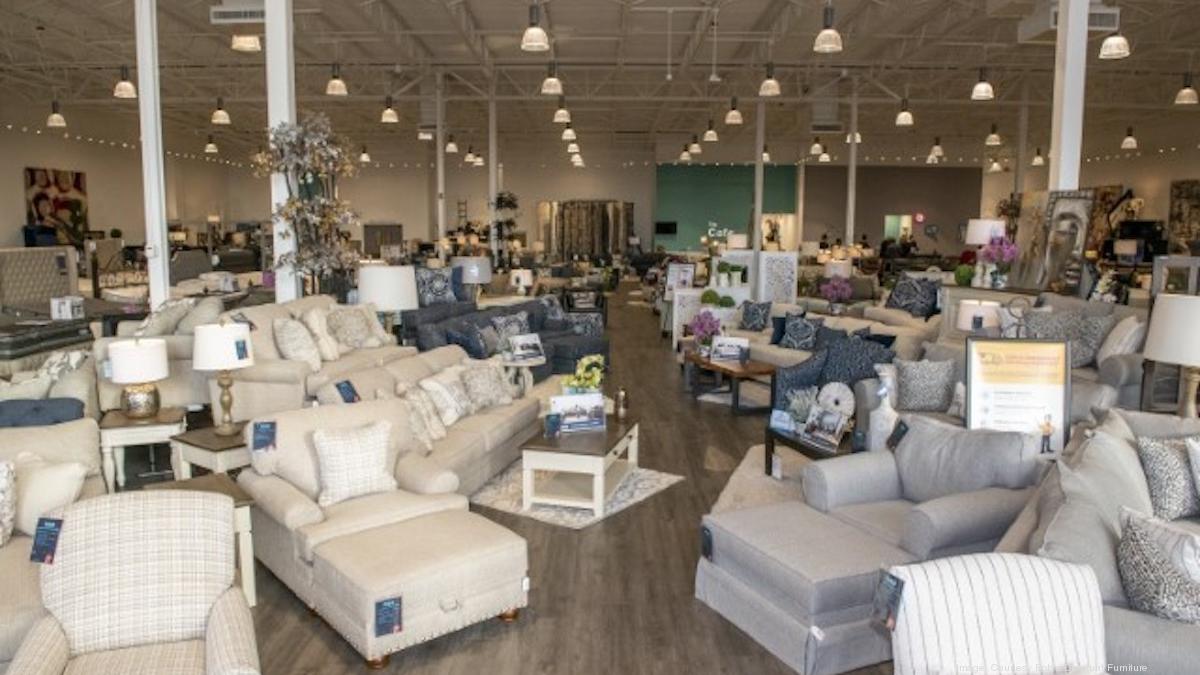Decline of Dining Room: A Look at the Changing Trends in Home Design
The traditional dining room, once a staple in every home, is now becoming a thing of the past. With changing lifestyles and evolving design trends, the dining room has taken a backseat in many modern homes. Let's take a closer look at the reasons behind the decline of this beloved space.
The Impact of Technology on the Decline of Dining Rooms
Technology has undoubtedly changed the way we live, work, and interact with our surroundings. With the rise of streaming services and smartphones, families no longer gather around the dining table for meals. Instead, they choose to eat in front of the TV or on the go, leading to the decline of the traditional dining room.
How Millennials are Redefining the Dining Room Space
Millennials, the largest generation in the workforce, have different priorities and preferences when it comes to their living spaces. They value experiences over material possessions and opt for multi-functional spaces that can serve as a dining room, workspace, and entertainment area. This has led to a decline in the demand for dedicated dining rooms.
The Rise of Open Concept Living and its Effect on Dining Rooms
Open concept living, where the kitchen, living, and dining areas are all connected, has become a popular design trend. This layout promotes a more casual and fluid way of living, where the dining room is no longer a separate, formal space. This has contributed to the decline of dining rooms in modern homes.
Maximizing Small Spaces: Creative Solutions for Dining Rooms
In cities and urban areas, where space is scarce and expensive, dining rooms are often the first to go. Homeowners are finding creative ways to incorporate dining spaces into smaller homes, such as using multi-functional furniture, like a dining table that doubles as a workspace, or opting for breakfast bars instead of a formal dining table.
The Decline of Formal Dining: Casual Dining Takes Over
Gone are the days of formal dinner parties and extravagant holiday meals. With busy lifestyles and the rise of casual dining options, such as food delivery and fast-casual restaurants, the need for a formal dining room has decreased. Many homeowners now prefer a laid-back, casual dining experience over a formal one.
The Evolution of Dining Room Furniture: From Traditional to Modern
As design trends continue to evolve, so does the furniture used in dining rooms. Traditional, ornate dining sets are being replaced with sleek, modern pieces that better suit the casual and multi-functional nature of modern dining rooms. This shift has also contributed to the decline of dedicated dining rooms.
Decluttering the Dining Room: Minimalist Design Trends
The rise of minimalism, where less is more, has also had an impact on the decline of dining rooms. Many modern homeowners prefer a clutter-free and minimalist living space, which means eliminating unnecessary furniture and spaces, such as a formal dining room. This trend promotes a more simplistic and functional lifestyle.
The Role of Social Media in the Decline of Dining Rooms
Social media has become a significant influence on our lives, including how we live and design our homes. With the rise of Instagram-worthy home decor and dining experiences, many homeowners are opting for a more aesthetically pleasing dining space, rather than a traditional dining room. This has led to the decline of dedicated dining rooms in modern homes.
Adapting to Change: How to Revamp Your Dining Room for Modern Living
While the decline of dining rooms may seem inevitable, there are ways to adapt and revamp this space for modern living. Consider incorporating multi-functional furniture, adding a cozy seating area to your dining room, or creating a more casual and inviting atmosphere. Embrace the changes in trends and make your dining room a space that suits your lifestyle and needs.
The Changing Landscape of Home Design: The Decline of the Dining Room

The Evolution of the Dining Room
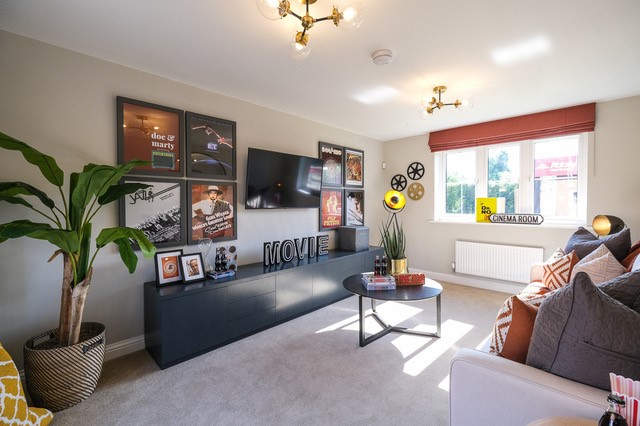 Over the years, the design of homes has undergone significant changes. From the traditional single-family homes with separate rooms for dining, living, and cooking, to the more open and modern concept of open-plan living, the dining room has experienced a steady decline in popularity. This shift in home design can be attributed to a variety of factors, including changing lifestyles, technological advancements, and cultural influences. Let's take a closer look at why the dining room has fallen out of favor and what this means for the future of home design.
Over the years, the design of homes has undergone significant changes. From the traditional single-family homes with separate rooms for dining, living, and cooking, to the more open and modern concept of open-plan living, the dining room has experienced a steady decline in popularity. This shift in home design can be attributed to a variety of factors, including changing lifestyles, technological advancements, and cultural influences. Let's take a closer look at why the dining room has fallen out of favor and what this means for the future of home design.
The Impact of Changing Lifestyles
 One of the main reasons for the decline of the dining room is the changing lifestyles of homeowners. In the past, families would gather around the dining table for meals, creating a sense of togetherness and connection. However, in today's fast-paced and busy world, this traditional family mealtime has become a rarity. With hectic work schedules, extracurricular activities, and the rise of takeout and meal delivery services, families are spending less time at home and less time eating together. As a result, the dining room has become a space that is rarely used and often seen as unnecessary.
Keyword: changing lifestyles
One of the main reasons for the decline of the dining room is the changing lifestyles of homeowners. In the past, families would gather around the dining table for meals, creating a sense of togetherness and connection. However, in today's fast-paced and busy world, this traditional family mealtime has become a rarity. With hectic work schedules, extracurricular activities, and the rise of takeout and meal delivery services, families are spending less time at home and less time eating together. As a result, the dining room has become a space that is rarely used and often seen as unnecessary.
Keyword: changing lifestyles
The Role of Technology in Home Design
 Another factor contributing to the decline of the dining room is the increasing role of technology in our lives. With the rise of streaming services and social media, many people prefer to eat while watching TV, scrolling through their phones, or working on their laptops. This shift in behavior has led to a decrease in the need for a designated dining area. Additionally, with the rise of smart home devices, such as voice assistants and automated lighting, the need for a formal dining room for special occasions or entertaining guests has also diminished.
Keywords: technology, smart home devices
Another factor contributing to the decline of the dining room is the increasing role of technology in our lives. With the rise of streaming services and social media, many people prefer to eat while watching TV, scrolling through their phones, or working on their laptops. This shift in behavior has led to a decrease in the need for a designated dining area. Additionally, with the rise of smart home devices, such as voice assistants and automated lighting, the need for a formal dining room for special occasions or entertaining guests has also diminished.
Keywords: technology, smart home devices
The Influence of Cultural Changes
 The decline of the dining room can also be attributed to cultural changes in how we view and use our homes. In the past, the dining room was seen as a symbol of status and social class, with elaborate and formal dinner parties being a common occurrence. However, as society has become more casual and egalitarian, the need for a separate dining space has diminished. Additionally, with the rise of open-plan living and the desire for more flexible and multifunctional spaces, homeowners are opting for larger and more open kitchen and living areas instead of a separate dining room.
Keywords: cultural changes, open-plan living, multifunctional spaces
The decline of the dining room can also be attributed to cultural changes in how we view and use our homes. In the past, the dining room was seen as a symbol of status and social class, with elaborate and formal dinner parties being a common occurrence. However, as society has become more casual and egalitarian, the need for a separate dining space has diminished. Additionally, with the rise of open-plan living and the desire for more flexible and multifunctional spaces, homeowners are opting for larger and more open kitchen and living areas instead of a separate dining room.
Keywords: cultural changes, open-plan living, multifunctional spaces
The Future of Home Design
 As the dining room continues to decline in popularity, it raises questions about the future of home design. Will the dining room disappear completely, or will it be reimagined and incorporated into other areas of the home? Only time will tell. However, one thing is for sure – home design will continue to evolve and adapt to the changing needs and lifestyles of homeowners.
In conclusion, the decline of the dining room is a reflection of the changing times and the ever-evolving nature of home design. While the traditional dining room may be disappearing, it is making way for more innovative and practical design solutions. Whether it's a smaller and more informal dining area or an integrated dining space within the kitchen or living room, the dining room may be fading, but its influence on home design will continue to be felt for years to come.
Main keyword: decline of the dining room
As the dining room continues to decline in popularity, it raises questions about the future of home design. Will the dining room disappear completely, or will it be reimagined and incorporated into other areas of the home? Only time will tell. However, one thing is for sure – home design will continue to evolve and adapt to the changing needs and lifestyles of homeowners.
In conclusion, the decline of the dining room is a reflection of the changing times and the ever-evolving nature of home design. While the traditional dining room may be disappearing, it is making way for more innovative and practical design solutions. Whether it's a smaller and more informal dining area or an integrated dining space within the kitchen or living room, the dining room may be fading, but its influence on home design will continue to be felt for years to come.
Main keyword: decline of the dining room




